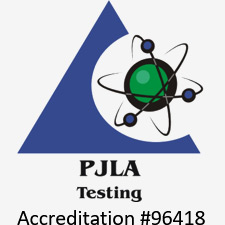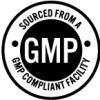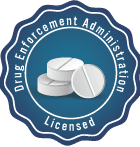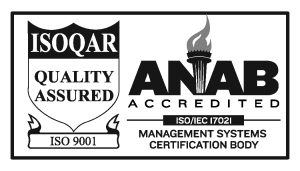Residues are a major type of contamination found in the pharmaceutical industry. They are often generated from sources such as packaging, undissolved residuals and numerous system components including gaskets and seals.
Residue analysis is a critical aspect of understanding the source of contaminating residues and stopping the spread. When the source of the residue is established, it becomes easier to stop the onset of residue contamination.
Harmful residual traces usually have a toxicological profile, which means that they can cause unwanted health impacts if consumed in significant quantities. An instance of this would be small amounts of pesticide residue, which may not cause any harm, but a large amount of the pesticide could create substantial adverse health outcomes.
Where are Residues Found?
Unknown residues can be found on a wide range of surfaces or commercial products and they can impact quality, performance and even the overall safety. Residue analysis pinpoints residues in various forms including collections of particles, films, discoloration, discrete particles or stains.
Residue analysis determines the chemical identity of residues which can stop them from recurring which is particularly important when there are toxic contaminants. Residue analysis can prevent customer complaints, re-works, and products which do not meet quality requirements. These issues cost time and money, meaning their prevention is of high importance. Often residues are only present in a small amount or require separation from the surrounding materials and as such, residue analysis often requires a more specialized approach than are usually available in standard laboratories.
Importance of Residue Analysis
Residues that can be found in pharmaceuticals are aluminum, polymers, rubber, glass and wood. These can come into contact with the product via clean room environments that have been compromised and increased air volume. Residue can be transported into these areas on containers or the area users themselves.
Residue analysis helps to gauge how contaminants enter the manufacturing process and the manner that they perpetuate within the product. Recognizing the source of the contamination is the main area of interest for clinicians and analysts performing residue analysis and characterization.
Methods of Residue Analysis
Microscopy is a frequently used method of quantifying the composition of a particulate or residue in a control sample. FTIR-Microscopy is also used for the analysis of the heterogeneity of a sample and screening of unknown particles from as low as 10-15 micrometers (µm), offering insight into the chemical composition characterization to note the presence of organic particulates.
Scanning electron microscopy (SEM) is also used for residue analysis, to differentiate between particulates and residue in a sample using a scanning electron beam as well as a sensitive X-ray emission detector which acquires the x-ray emission spectra from particles inside the sample. This then identifies the surface topography and elemental composition of a sample.
Residue Analysis from Jordi Labs
At Jordi Labs, we are experts in the assessments of pharmaceutical products and we use residue analysis to identify the causes of failure in batches that do not meet quality control standards. If you would like to find out more, contact us today.





